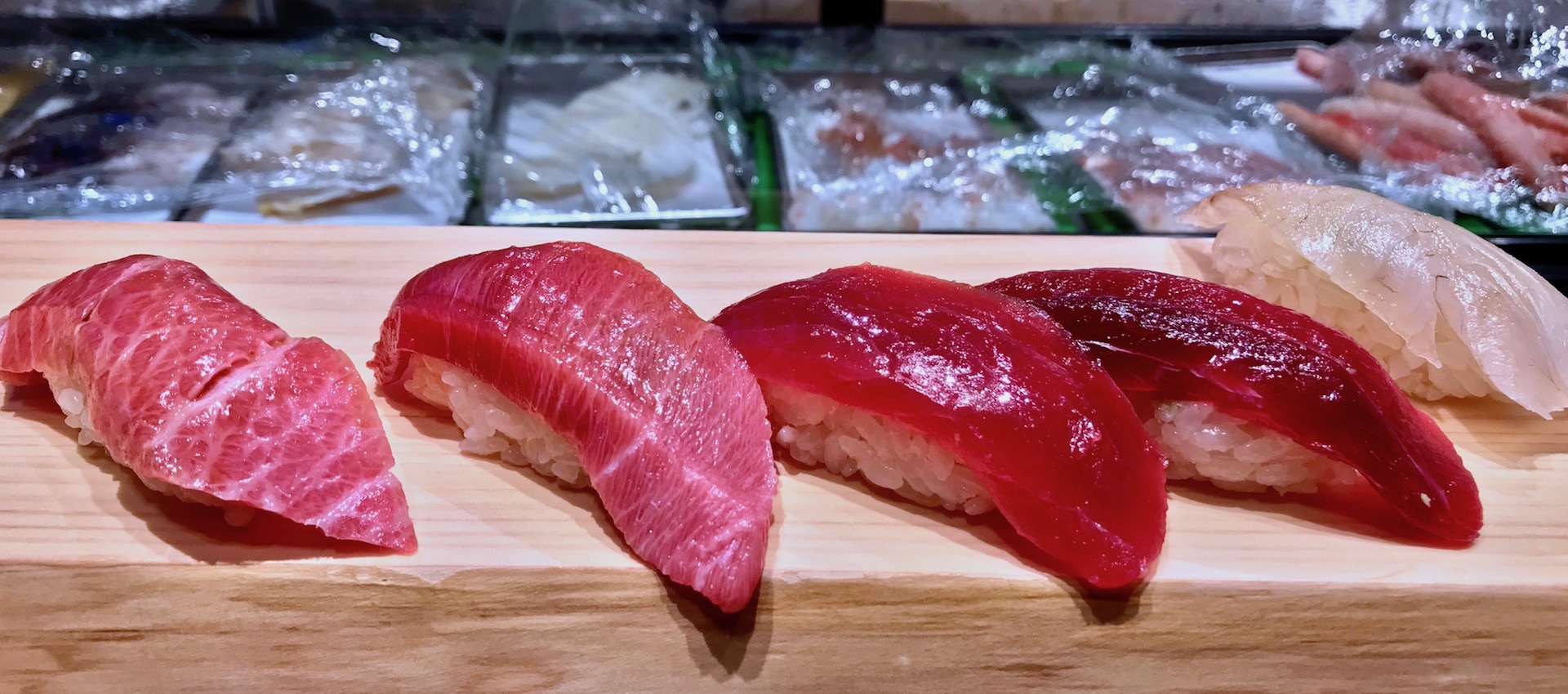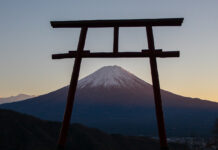Table manners vary between all countries across the world. Even nations that are culturally similar, like the UK and US, have different attitudes when it comes to what flies during meal times. This means that, as travellers, we’re always learning and maybe even getting things wrong. This is certainly important to note when dining in Japan and following Japanese table manners.
Learning Japanese table manners may be a challenge for some, but it is not something that is worth becoming stressed over. A few key lessons and things to keep in mind will go a long way in allowing visitors to Japan to enjoy any meal out, whatever and wherever they may be eating. Japanese table manners are simple, with an emphasis on courtesy, and if you follow these few rules in this simple guide, you can enjoy the culinary wonderland that is Japan stress-free. To make it simple, let’s break this down into two categories: Dos and Don’ts.
Japanese table manners: what to do
When eating out in Japan, there are a handful of things you should do, from what to say to what to use. Here are the most vital things you should do when observing Japanese table manners.
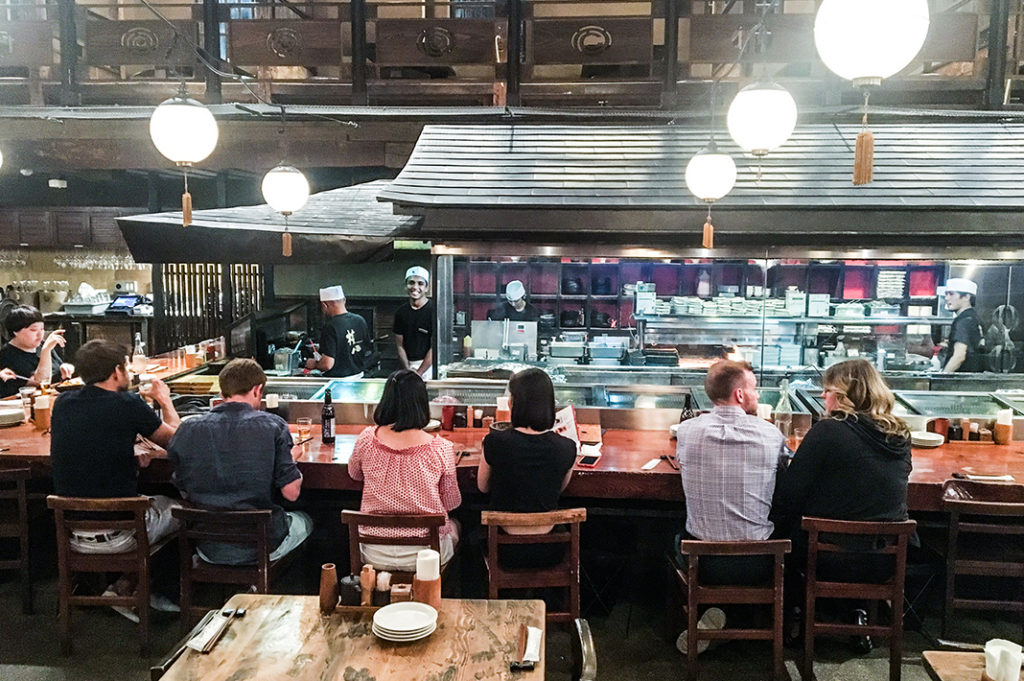
Wipe your hands with a wet towel
Most restaurants in Japan provide diners with a hot, wet towel just before eating. This ‘oshibori’ is to clean and cleanse your hands before you begin your meal. One thing to note here, however, is that you may be tempted to place that warm, wet towel on your face or use it to wipe the surface in front of you. Make sure not to do this, and to only use it to wipe your hands. Anything else is considered rude.
Say thank you before and after eating
This is not a strict rule of etiquette when eating in Japan, but you will definitely have heard it spoken in Japanese movies and anime. If you’re eating with other non-Japanese friends and family, this is not a necessity. But when eating with Japanese people, doing this will help to ingratiate you more with the local culture. Before eating, it is customary to say “itadakimasu.” Afterwards, “gochisousama deshita” is a polite way to say thank you for the meal. Doing both of these is simple and polite, showing good manners and gratitude.
Slurp your food
This is an inverse of table manners for most western eaters. In the UK and US, slurping soup and coffee or tea is a sign of bad manners and vulgarity. In Japan, it is quite the opposite, so expect to hear a lot of slurping when you eat and feel free to join in! There’s something quite freeing about being encouraged to do something that you’ve always considered rude while growing up.
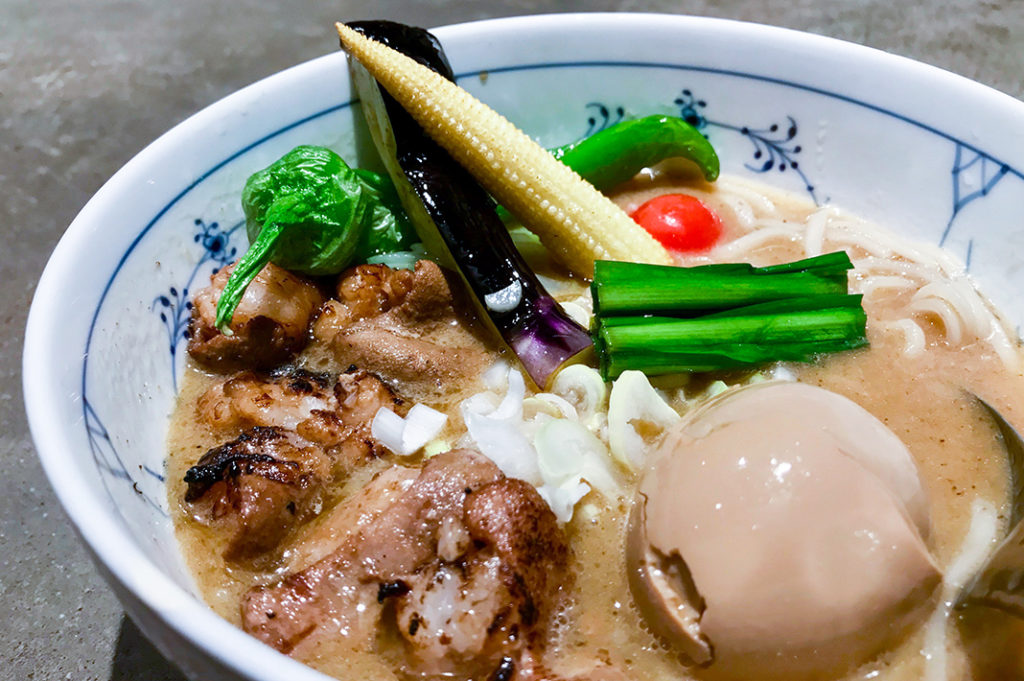
Japanese table manners: things not to do
When it comes to Japanese table manners, more important than the things you can or should do, are the things you should not do. Here are the most important acts to avoid committing when dining out in Japan.
Don’t share food using chopsticks
In Japan, if you want to share food with another person, make sure to place it somewhere using your chopsticks for them to then pick up with their own. Do not ever pass food between your chopsticks and theirs. This is because the act is reminiscent of a traditional Buddhist funeral ceremony, during which bones are picked from the ashes and passed around from person to person. Read on, as this isn’t the only faux pas linked to funeral traditions…
Don’t stand chopsticks up in rice
When taking a break from eating, make sure to lay your chopsticks down on the chopstick rest provided. Do not jab them into your rice and have them sticking up out of the bowl. The image of chopsticks standing up in rice is reminiscent of burning incense sticks during traditional Buddhist funerals. This is perhaps the most severe faux pas you can commit when dining out in Japan, so be very careful to avoid it. It’s one of the peak aspects of good Japanese table manners.
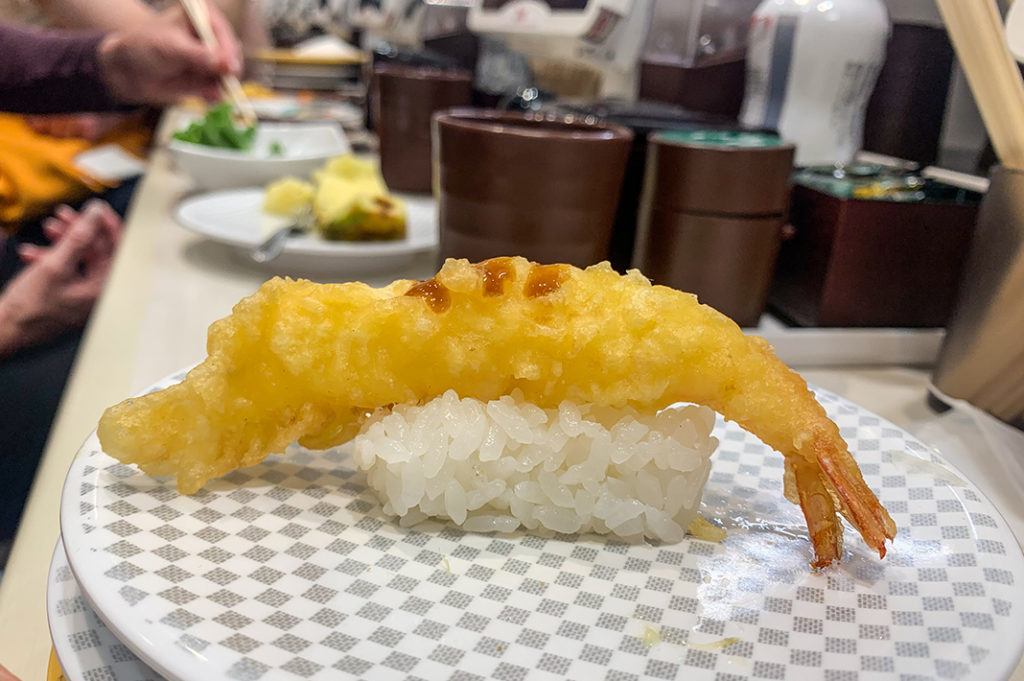
Don’t double dip your food
You’ll want to observe this rule when eating anything that involves dipping sauces, such as sushi. Most dipping sauces are shared, and double-dipping means other people having the communal sauce contaminated by food that has been in – or at least touched – your mouth. When put like that, it’s obvious why double-dipping is a very clear faux pas in Japan. It isn’t just good etiquette but follows the rules of basic health. Once you’ve dipped, you’re done until you move onto the next piece of food. That’s important to remember.
Conclusion
These are the biggest dos and don’ts of Japanese table manners to remember when dining at restaurants in Japan. The most important to remember are the three don’ts. Forgetting these can cause genuine offence to fellow diners, and none of us wants that. But following these simple, easy to remember rules will guarantee that you and your fellow diners have a fantastic dining experience every single time.
Post by Japan Journeys.



